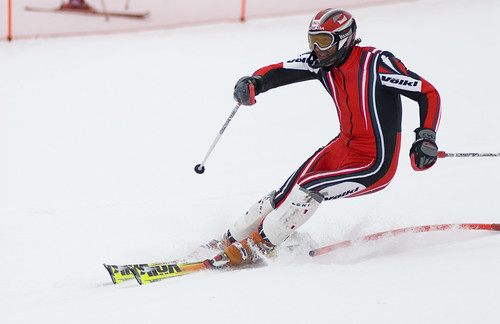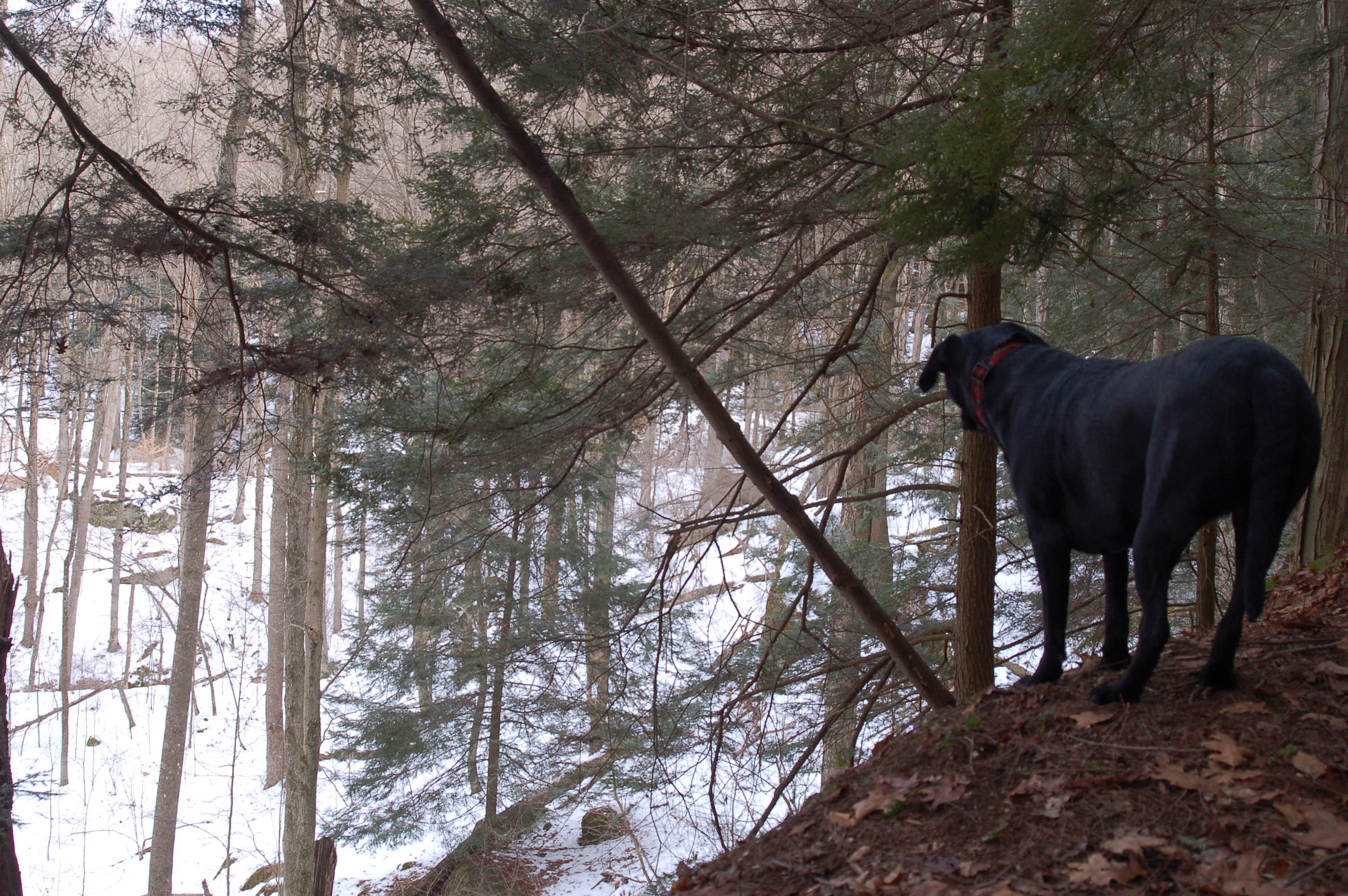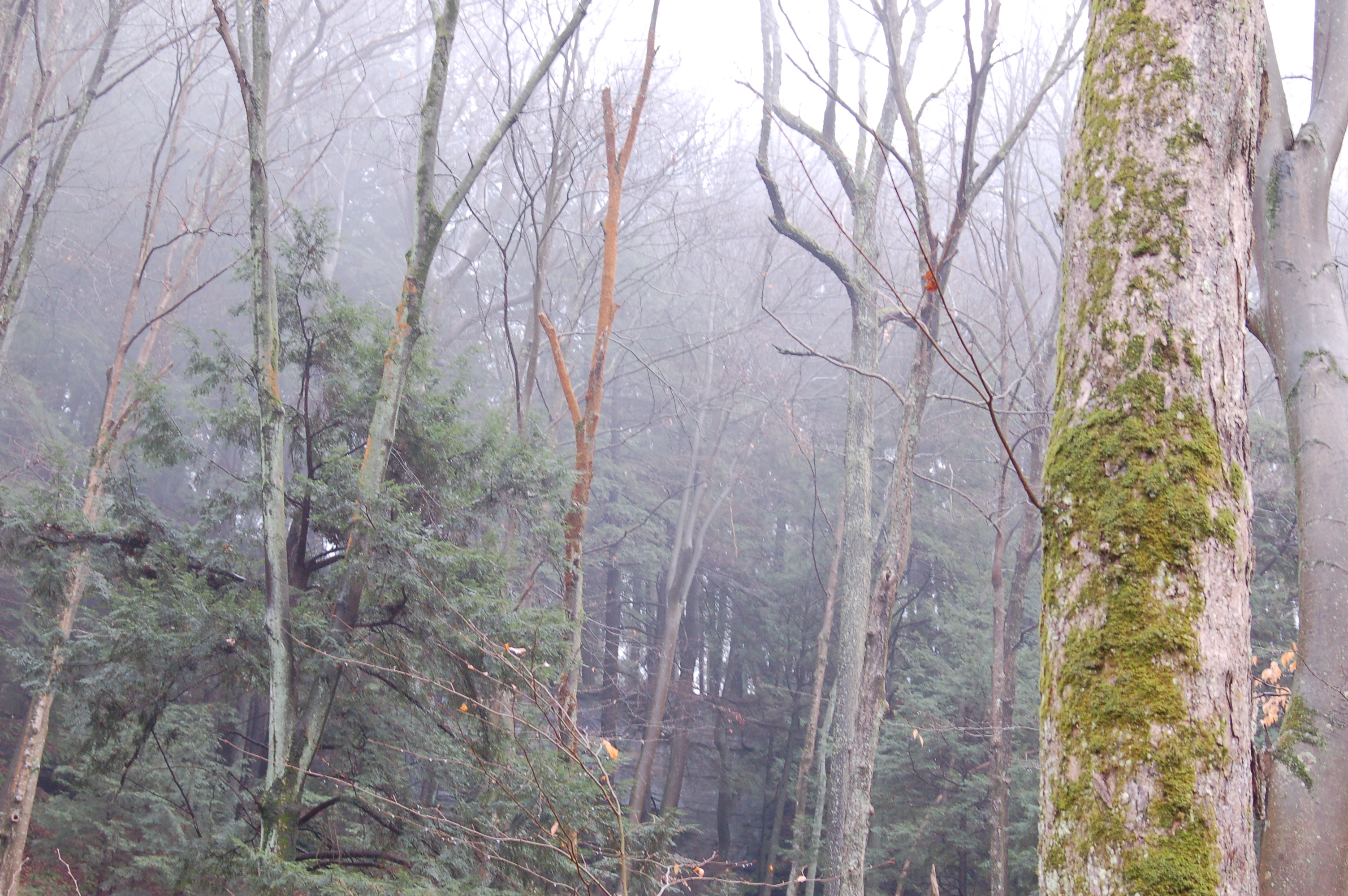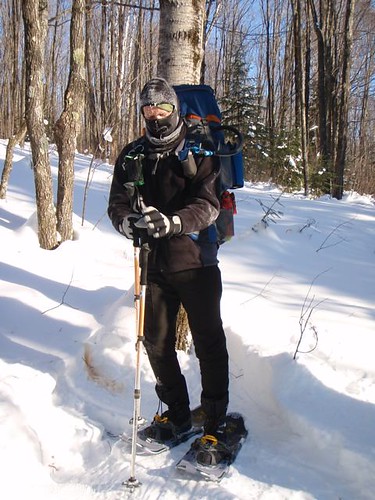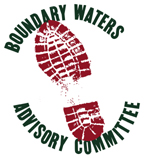 Beaver Basin area, which is just east of Chapel Rock (from NPS map) |
U.S. Rep. Bart Stupak, D-Menominee, plans to introduce an amendment to the omnibus lands bill to remove a provision designating the Beaver Basin area within Pictured Rocks National Lakeshore as wilderness.
"I have an amendment to strike out the wilderness designation for Beaver Basin area in the Pictured Rocks," Stupak said Friday during a taping of WNMU's "Media Meet" which will air next weekend. "Hopefully, I can get my amendment through. If not, I don't know what I'll do. It's a massive bill."
Another Upper Peninsula area is included in the bill, benefitting Keweenaw National Historical Park. Stupak supports that provision. However, he feels quite differently about the 11,739 acres within Pictured Rocks. He says that he supports Pictured Rocks, but does not want to see any more designated wilderness there because it imposes restrictions on use.
"I have a real aversion to restricting access to property. And when you start going from national park -there's some restrictions on you there - into a wilderness area, then they really do restrict trails, snowmobiles, four-wheelers, some kind of camping, no motorized vehicles," Stupak said. "I'm just not ready to go there. We have enough of those areas in the U.P. we don't need more." He adds that neither Alger County nor the city of Munising support the designation.
The Beaver Basin area is about 16% of the total 71,000 acres of Pictured Rocks National Lakeshore. Park officials say that nothing about the management of the area will change if the designation is made, but Stupak says that because the management plans are renewed every five years there are no guarantees.
Stupak did say that he is not likely to vote against the bill even if he cannot get the Beaver Basin provision removed. Often, in considering amendments, other lawmakers will defer to the judgment of local legislators.
Although the North Country Trail runs through Pictured Rocks, the most important provision in the Public Lands Bill is that it would authorize the federal government to purchase land from willing sellers for the North Country National Scenic Trail. Since the 1990's several of the National Trails have been trying to get this bill through Congress. In many years it passed one congressional body, but not the other. In one year both houses passed a bill, but did not include the same language, so it did not become law.
The House of Representatives is expected to vote on the bill next week. It was recently passed by the Senate. If it passes, this will be one of the most significant milestones for the NCT.
See Pictured Rocks National Lakeshore
See Representative Bart Stupak






